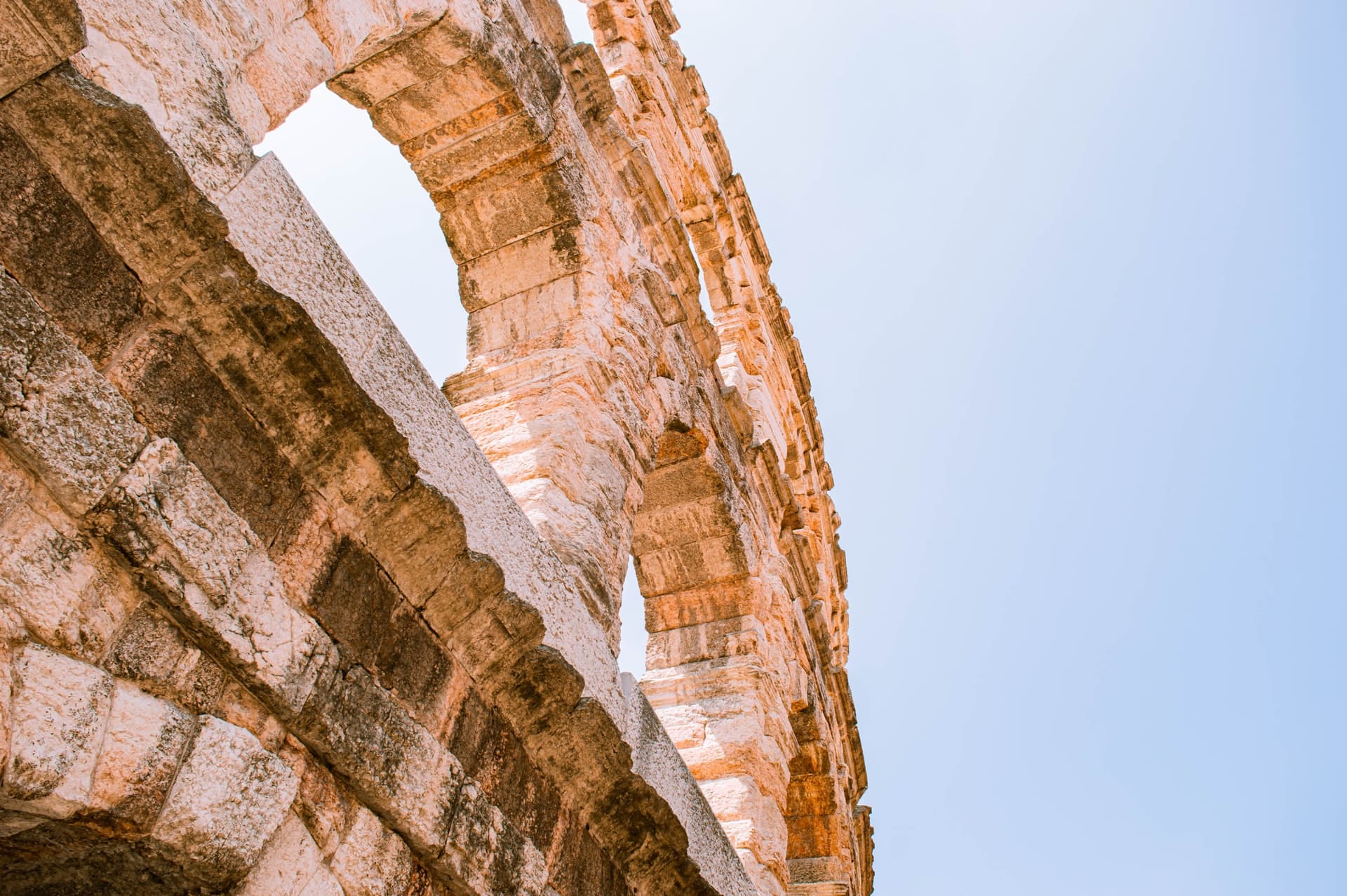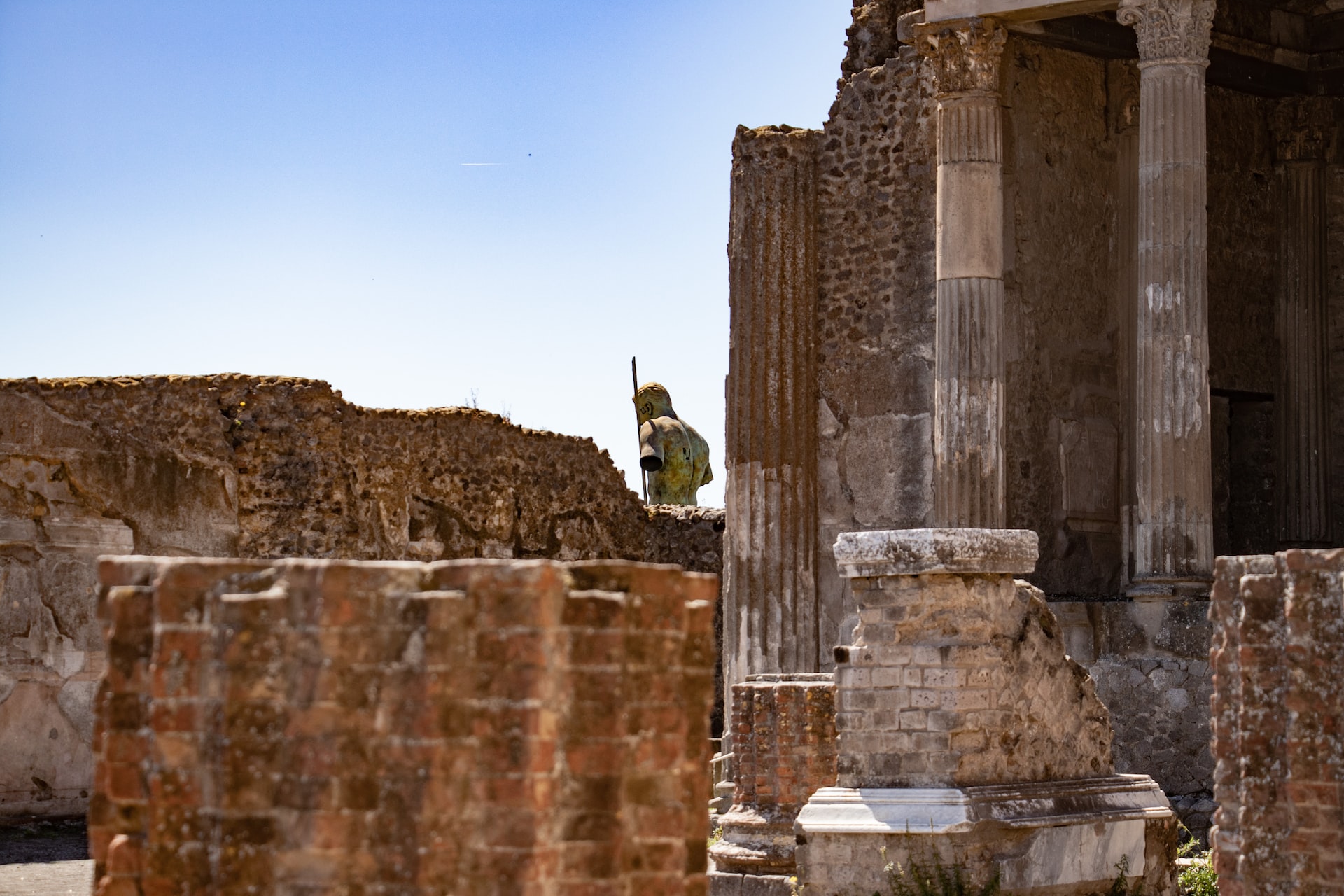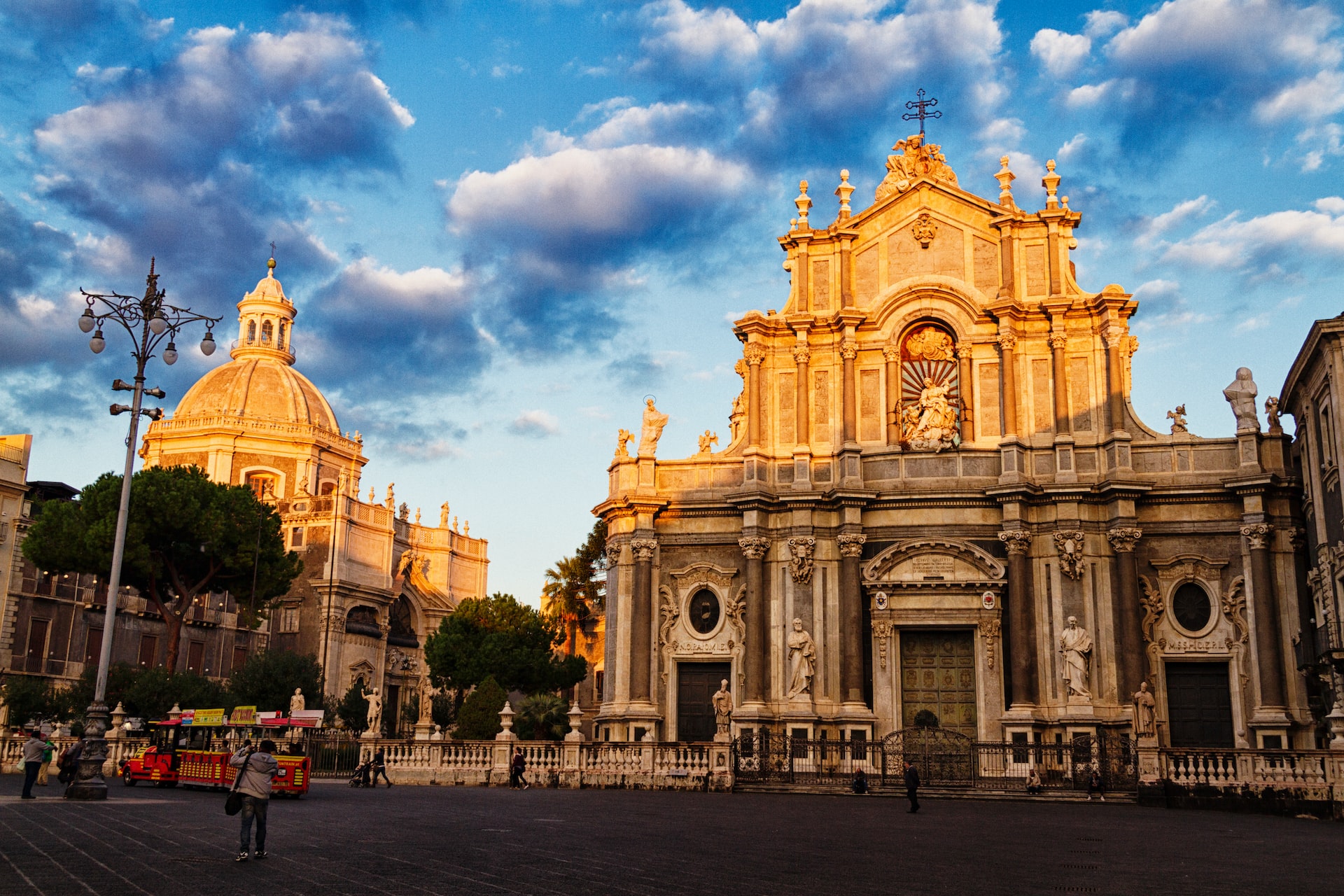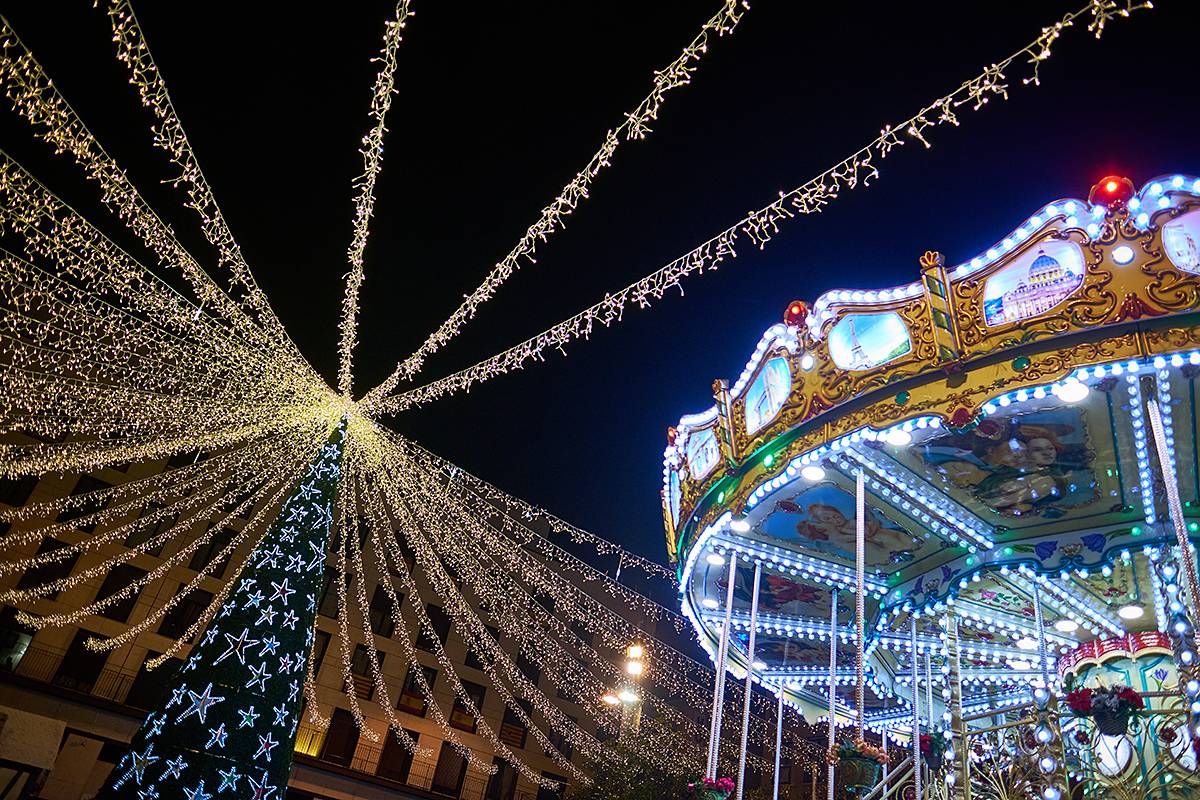In Verona’s central Via Cappello there is a a medieval palace with an internal courtyard, overlooked by possibly the most famous balcony in the world. This place is visited by millions of lovers every year. Around Valentine’s Day, it becomes the destination for a kinf pilgrimage of love that has no equals.
What has always struck me about Juliet’s Balcony – because that is the balcony I’m talking about – is that even though it is a complete and utter fabrication, it nevertheless retains huge evocative and symbolic power. William Shakespeare never set foot in Verona. Romeo Montague and Juliet Capulet are children of his imagination (although a Cappelletti family of Verona did actually live in the Palazzo in Via Cappello). The balcony itself was added in the twentieth century.
Basically, if we want to be accurate, nothing could be more fictional than Juliet’s House (or Juliet’s Tomb, for that matter, or even the lesser known Romeo’s House). So why does it exert such enduring fascination? Why do they still queue up to rub the right breast of the bronze statue of Juliet? Why do visitors cover the courtyard walls with writings, graffiti, stickers and padlocks, unopposed?
It has got to be because Verona is indeed, in the eyes of many, “the city of Love”. Yet this is not the result of a marketing campaign, although admittedly Shakespeare’s was indeed the greatest unintentional marketing campaign Verona has ever benefited from. It is the hold of a mighty and immortal symbol, which millions of people still identify with.
Verona is now learning to manage this great legacy. The town hall is looking into projects that would radically change the appearance of Juliet’s House, mainly by charging an entry fee. It makes sense to wish to manage such a vast phenomenon and, if possible, make some money out of it. And yet, I hope that place doesn’t become an “official” tourist attraction, and lose some of its poetic charm in the process. In any case, it is a long-term project: Juliet’s courtyard will as it is for the time being: crowded, a bit kitschy and free.
Should you visit Verona around Valentine’s Day, you needn’t limit your visit to celebrating the myth of the Shakespearian heroine. Every year in Verona they hold a special exhibition called “Verona in love”, with events, concerts, and film screenings, all designed to delight the many loving couples who visit the city at this time of year.
Similarly, some of the most romantic places in the city – such as the Notaries’ Chapel, an eighteenth-century artistic jewel inside Palazzo della Ragione, or Juliet’s tomb – are available to those who wish to celebrate their wedding there (the initiative is called “Marry me in Verona”).
Romeo and Juliet’s is not the only legend of tragic love set in Verona, anyway. There is one about a young soldier from the Holy Roman Empire army, around the 1500s, called Corrado di San Bonifazio, who fell in love with the beautiful Isabella, who rejected him. In despair, Bonifacio threw himself into a well. Isabella, moved by his sacrifice, followed him into the icy water.
The well is now known as the Well of Love. It lies hidden at the end of a closed alleyway in one of the most beautiful spots of the historical centre of Verona. You used to be able to throw a coin in it and make a wish. Now, however, the well has been sealed to avoid unpleasant harvesting by the area’s residents. You can still push a few cents through the wooden planks, though. You can’t let a wish that comes this cheap, to have an unrequited love returned or consolidate a bloomed romance, just slip away.



